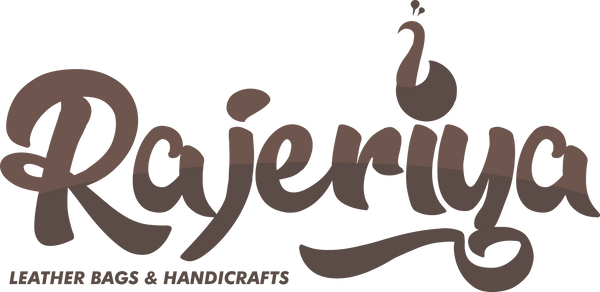Leather has long been prized for its continuity, fineness, and versatility. In the ultramodern business, consumers frequently face a choice between pure leather and synthetic leather products. Both options have distinct advantages and disadvantages, making the decision dependent on factors like cost, continuity, environmental impact, and aesthetic appeal. Below, we claw into the crucial differences between pure leather and synthetic leather products to help you make an informed choice.
What's Pure Leather?
Pure leather, also known as genuine or real leather, is deduced from beast hides, generally from cows, scapegoats, or lamb. The hides suffer a rigorous tanning process to enhance their continuity and appearance. Pure leather is celebrated for its natural texture, unique grain patterns, and capability to develop a rich air over time.
Advantages of Pure Leather
- Continuity: Pure leather products can last for decades with proper care, frequently outwearing synthetic druthers.
- Aesthetic Appeal: The natural grain and texture of leather offer a decoration, dateless look.
- Breathability: Unlike synthetic accoutrements, pure leather allows air to pass through, making it ideal for apparel and upholstery.
- Aging Gracefully: Leather develops a air, a desirable luster that adds character and value over time.
Disadvantages of Pure Leather
- Cost: Pure leather is significantly more precious than synthetic leather due to the accoutrements and artificer involved.
- Conservation: Regular exertion is needed to help cracking and maintain its appearance.
- Ethical: The use of beast hides raises ethical and sustainability questions for some consumers.
What's Synthetic Leather?
Synthetic leather, also known as dummy leather is a man-made material designed to mimic the look and sense of real leather. It's generally made from a fabric base carpeted with polyurethane(PU) or polyvinyl chloride(PVC).
Advantages of Synthetic Leather
- Affordability: Synthetic leather is much cheaper to produce and buy than pure leather.
- Variety: Available in a wide range of colors, textures, and finishes to suit different preferences.
- Low conservation: Easy to clean and resistant to stains, making it ideal for everyday use.
- Ethical and Environmental: Considerations Free from beast products, synthetic leather is frequently considered a atrocity-free volition.
Disadvantages of Synthetic Leather
- Durability: Synthetic leather is less durable and prone to cracking and shelling over time.
- Environmental Impact: The product process involves non-biodegradable plastics and dangerous chemicals, contributing to pollution.
- Lack of Authenticity: Synthetic leather lacks the natural sense, scent and growing parcels of real leather.
Which One Should You Choose?
The choice between pure leather and synthetic leather depends largely on your priorities:
- If durability, authenticity, and a premium look are important to you, and budget permits, pure leather is the better option.
- If affordability, variety, and ethical considerations take precedence, synthetic leather might be the ideal choice.
Conclusion
Both pure leather and synthetic leather have their place in the market, catering to different consumer needs and preferences. By understanding the advantages and limitations of each, you can select a product that aligns with your values, lifestyle, and budget. Whether it’s a statement handbag, a comfortable sofa, or sturdy footwear, the right choice will enhance your experience and satisfaction.


